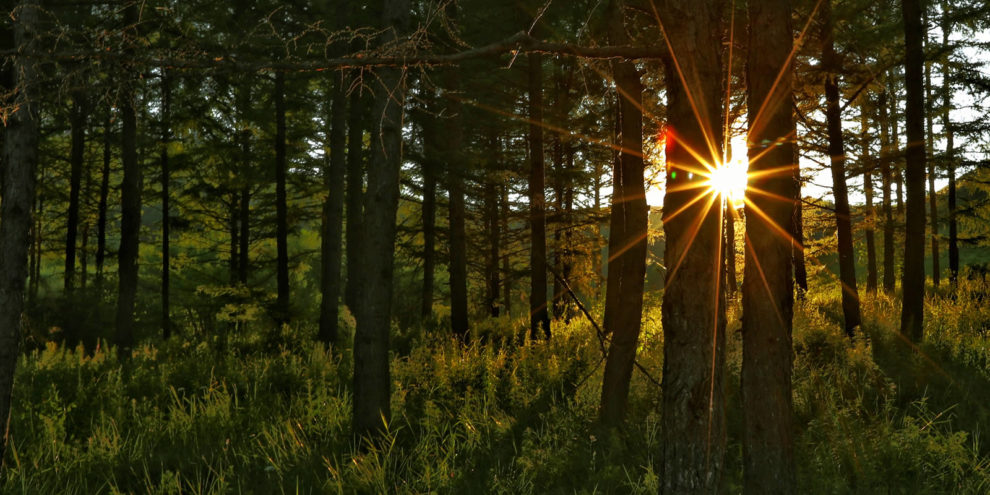Aunt Fanny called at 4:45 in the morning. “Nephew, tell me about forest carbon.”
“Do I have to?” I asked. “I avoid big words till the sun rises and my first cup of coffee.”
Aunt Fanny laughed. “Tell you what. Let’s meet out on the property in an hour. I’ll bring biscuits and you bring the coffee.”
Aunt Fanny Learned Forestry
Years ago, Aunt Fanny inherited the family forest after retiring from her job as a bank vice president. She had started out as the secretary of a community bank and moved up through hard work, attention to detail and knowing her numbers. Now, Aunt Fanny had become a knowledgeable timberland investor and an advocate of sustainable forestry.
Forest Carbon for Forest Owners
Out in the woods, Aunt Fanny pulled up in her voodoo blue Toyota Tacoma TRD Sport. I walked over as she climbed down from the cab in her camouflage jumpsuit with a bag of warm biscuits wrapped in foil.
“Let’s eat and talk,” she said, laying out breakfast on the tailgate while I poured two cups of coffee from my Star Wars thermos. “Tell me about forest carbon.”
“Well, that’s the miracle of trees,” I said. “They’re solar-powered factories that convert carbon dioxide into wood. Along the way, they produce oxygen, filter water and support wildlife.”
“Jeepers creepers, Nephew, I’m not here for the kiddie lesson or a bumper sticker,” said Aunt Fanny. She reached into her back pocket and pulled out a copy of the The Wall Street Journal. “This article on carbon offsets talks about getting cash for not cutting trees. And I read another forest carbon article in The Globe and Mail that said thousands of timberland owners have been looking at forest carbon. So, what’s the deal, Nephew?”
“Alright,” I said. “First of all, the whole forest carbon thing is a small slice of the overall carbon market, which tries to set prices on CO2 emissions.”
“Yeah, I got that part,” said Aunt Fanny. “They’re basically pricing the right to pollute. It’s like a tipping fee at the dump, where you pay to have someone else worry about your trash.”
“Well, I guess that’s another way to put it,” I said. “But from the forestry side, you’re getting paid to help solve someone else’s problem. The ability of trees to store, or sequester, carbon has value.”
“That’s the marketplace talking,” said Aunt Fanny. “That’s what I want to understand. What kind of value and how should I think about this?”
“Well, it depends,” I said.
“Oh c’mon, Nephew,” said Aunt Fanny, unwrapping a second biscuit for herself. “You’re not running for office and you’re not an economist. You can give me a straighter answer than that.”
“This all comes back to what you can get for your timber as a log on a truck versus as a warehouse for storing carbon,” I said.
“You’re talking opportunity cost.”
“Exactly,” I said. “If you own timberlands in a good market with lots of mills, where timber brings decent prices or better, carbon markets may not be worthwhile.”
Aunt Fanny thought for a moment. “Yet.”
“Correct, not yet. Forest carbon markets are developing,” I said. “And fast.”
This content may not be used or reproduced in any manner whatsoever, in part or in whole, without written permission of LANDTHINK. Use of this content without permission is a violation of federal copyright law. The articles, posts, comments, opinions and information provided by LANDTHINK are for informational and research purposes only and DOES NOT substitute or coincide with the advice of an attorney, accountant, real estate broker or any other licensed real estate professional. LANDTHINK strongly advises visitors and readers to seek their own professional guidance and advice related to buying, investing in or selling real estate.










Add Comment